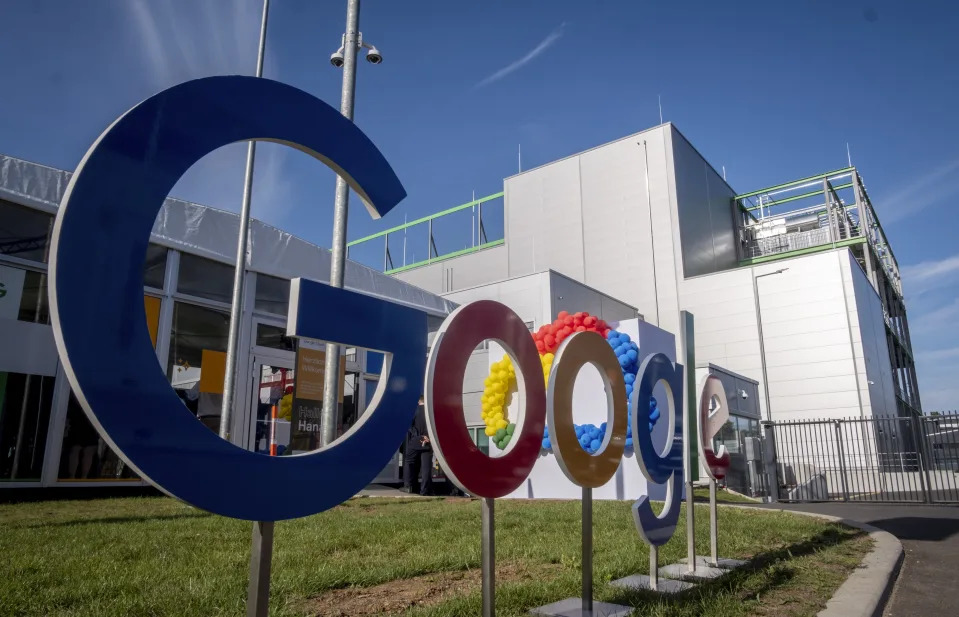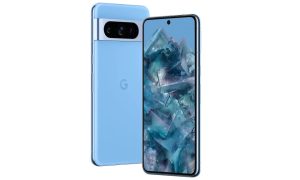In the not-so-distant past, as recent as last December, we had to visit specialized websites if we wanted to transform our natural language prompts into AI-generated art. However, those days are now behind us! Google made an exciting announcement on Thursday, revealing that users who have opted-in for its Search Generative Experience (SGE) can now directly create AI-generated images right from the standard Search bar.
SGE represents Google’s vision for the future of web searching. Instead of selecting websites from a list of search results, this system generates a (reasonably) coherent response to a user’s natural language query using the same data that those search results links were based on. The updates introduced on Thursday represent a natural extension of this experience, now delivering generated images (courtesy of the company’s Imagen text-to-picture AI) in addition to generated text.
Here’s how it works: Users simply enter a description of what they’re looking for, like “a Capybara cooking breakfast,” as Google exemplifies. In just moments, the engine will produce four alternative images to choose from and further refine. Moreover, users will have the option to export their generated images to Google Drive or download them.
Moreover, users now have the capability to create images directly within Google Images. For instance, if you’re searching for something like “minimalist Halloween table settings” or “spooky dog house ideas,” you can simply type it into the search bar, and Google will generate an image based on your query. What’s particularly fascinating is that you can then activate Google Lens on this generated image to search for real-world products that closely resemble the computer-generated vision.
These new features do come with some limitations. To access them, you need to be signed up for Google Labs and have opted into the SGE program. Furthermore, the image generation functions will only be available within the United States, in applications using the English language, and for users aged 18 and above. This age requirement is somewhat peculiar, especially considering Google’s efforts to make the program accessible to teenagers.
Google is also taking steps to combat the potential misuse of generative AI technology. Users will be restricted from creating photorealistic images of human faces. If you wish to generate a photorealistic capybara cooking bacon, that’s no issue. However, generating a photorealistic image of a notable figure like Colonel Sanders cooking bacon will pose difficulties, not only in terms of copyright and advertising implications. Additionally, generating images of well-known individuals will be restricted.
Lastly, Google is introducing the SynthID system developed by DeepMind, which was announced last month. SynthID is a visually undetectable metadata watermark that identifies an image as generated and provides information about its creator and creation date. These new features can be accessed through the Labs tab (accessible by clicking the flask icon) in the Google app on both iOS and Android, as well as on Chrome desktop, with availability initially for select users and expanding to more in the coming weeks.




